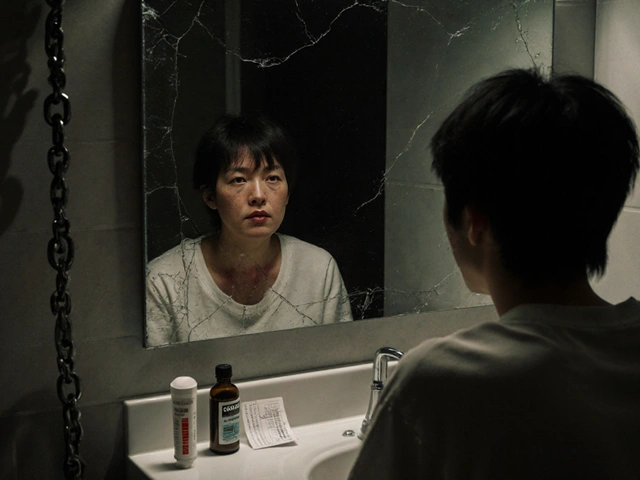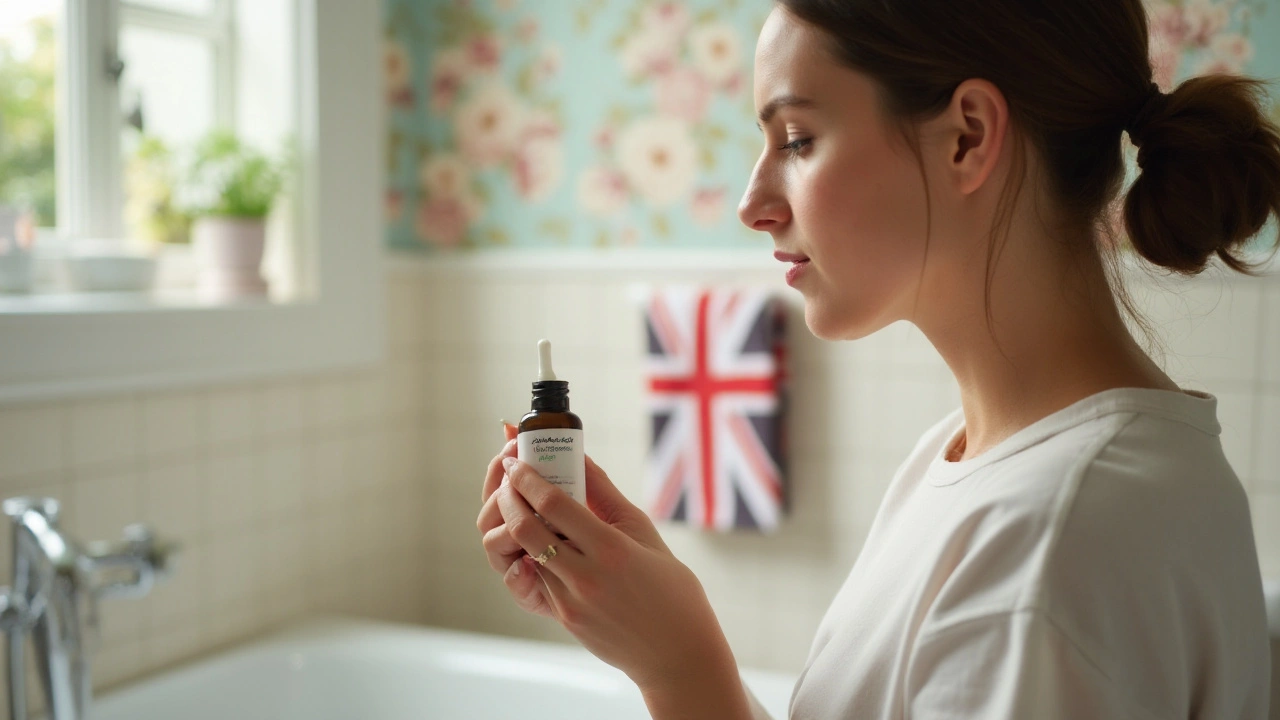Azelaic Acid: Benefits, Uses & How to Add It to Your Skincare
If you’ve tried a few serums and still see stubborn spots, azelaic acid might be the missing piece. It’s a skin‑friendly ingredient that tackles acne, rosacea redness, and dark marks without the harsh burn of some acids.
How Azelaic Acid Works
Azelaic acid is a naturally occurring dicarboxylic acid found in grains like wheat and barley. On skin, it blocks the growth of acne‑causing bacteria and helps skin cells shed more evenly. That dual action reduces pimples while fading post‑acne marks.
The molecule also calms inflammation, which is why people with rosacea see less redness after a few weeks. Plus, it interferes with melanin production, so it can lighten sun spots and melasma over time.
Tips for Using Azelaic Acid Safely
Start slow: apply a pea‑sized amount to clean, dry skin once a day. If your skin tolerates it, you can bump up to twice daily after two weeks. Always follow with moisturizer – azelaic acid isn’t drying, but a good barrier helps lock in comfort.
Because it’s stable across pH ranges, you can pair it with most other actives. Use vitamin C in the morning and azelaic at night for best results, or keep both in the same routine if your skin is calm. Avoid layering strong exfoliants like high‑strength AHAs right next to azelaic unless you’re an experienced user.
Sun protection is a must. Even though azelaic isn’t a photosensitizer, the lighter skin that results can be more prone to UV damage. A broad‑spectrum SPF 30+ sunscreen keeps your progress safe.
When choosing a product, look for concentrations between 10% (over‑the‑counter) and 20% (prescription). The higher strength works faster on stubborn issues but may cause mild tingling at first. If you notice persistent irritation, cut back to every other night or switch to the lower concentration.
People with sensitive skin often wonder if azelaic is too strong. In practice, it’s one of the gentlest multi‑taskers. Many dermatologists recommend it as a starter for acne because it doesn’t strip the barrier like benzoyl peroxide can.
How long does it take to see results? Most users notice smoother texture and fewer breakouts within 4–6 weeks. Fading dark spots can need up to three months, so patience pays off.
If you’re dealing with both acne and rosacea, azelaic covers both bases without the stinging of alcohol‑based formulas. It’s also safe for pregnant or nursing people, making it a versatile choice when other retinoids are off limits.
Bottom line: azelaic acid is a low‑risk, high‑reward ingredient that smooths skin, clears breakouts, and evens tone. Add it slowly, protect with sunscreen, and watch your complexion improve without the drama of harsher treatments.
Azelaic Acid: A Gentle Solution for Sensitive Skin
Azelaic acid is making waves in the skincare world, especially for individuals with sensitive skin. Known for its anti-inflammatory and antibacterial properties, it can offer a range of benefits, from reducing redness to fighting acne. But is this ingredient the right choice for your delicate skin type? Discover how azelaic acid works, its potential benefits, and tips for incorporating it into your skincare regimen safely.
About
Health and Wellness
Latest Posts


Compare Isofair (Isotretinoin) with Alternatives for Acne Treatment
By Orion Kingsworth Nov 1, 2025

Acotiamide and Pregnancy: What You Need to Know
By Orion Kingsworth May 19, 2023

The Relationship Between Bisoprolol Fumarate and Anxiety
By Orion Kingsworth Apr 27, 2023

